From Ferns to Succulents: The Guide to Terrarium Plants
Terrariums are like tiny, magical worlds encased in glass, creating a unique and self-sustaining ecosystem. These miniature gardens are not only visually stunning but also relatively low-maintenance, making them perfect for both novice and experienced gardeners. But here's the thing: choosing the right plants for your terrarium is crucial to its success. Ready to dive into the world of terrarium plants? Let's go!

Why Specific Plants Matter for Terrariums
Before we jump into the list of ideal terrarium plants, it's essential to understand why certain plants are better suited for these enclosed environments. Closed terrariums typically have higher humidity levels and limited airflow compared to their open counterparts. Therefore, plants that thrive in humid conditions and require minimal ventilation are ideal choices for these miniature jungles.
Types of Terrariums
There are two main types of terrariums: open and closed.
- Open Terrariums: These have an opening that allows air circulation, making them suitable for plants that prefer drier conditions.
- Closed Terrariums: These create a sealed environment with high humidity levels, perfect for moisture-loving plants.

Best Plants for Closed Terrariums
Closed terrariums mimic tropical environments with high humidity and little airflow. This makes them the perfect home for a variety of lush, tropical plants.
Ferns
First up, ferns are an excellent choice. These classic beauties thrive in the humid conditions of closed terrariums. Varieties like Boston Fern and White Rabbit's Foot Fern (Humata tyermannii) are particularly well-suited, bringing a delicate, feathery touch to your miniature ecosystem.
Mosses
Mosses are another fantastic option for closed terrariums. Think of Carpet Moss (Hypnum) and Cushion Moss (Leucobryum glaucum) as the lush green carpet for your terrarium floor. They’re incredibly easy to care for and love the high humidity, adding a vibrant and dense green layer that ties your whole terrarium together.

Fittonia (Nerve Plant)
Fittonia, also known as Nerve Plant, is another star player. Its striking foliage with intricate vein patterns makes it a real showstopper. It loves moist soil and indirect light, making it a perfect fit for the closed terrarium environment.
Pilea
Pilea 'Greyzy' is another excellent choice. This unique plant, known for its attractive, silvery-grey leaves, adds a stunning contrast to the lush greenery in your terrarium. It's low-maintenance and thrives in the humid conditions of a closed terrarium.

Calathea
Now, let's talk about a few more fantastic options for your closed terrarium. Calathea, with its strikingly patterned leaves, is perfect for adding a touch of tropical elegance. Calathea Makoyana and Calathea Orbifolia are particularly popular for their bold, decorative foliage. These plants thrive in humid environments and appreciate the stable moisture levels that closed terrariums provide.
Ivy
Consider adding some Ivy (Hedera helix). Ivy is a versatile plant that can adapt well to the high humidity of closed terrariums. Its trailing vines add a cascading effect, making your terrarium look even more enchanting. Just keep an eye on its growth, as it can spread quite rapidly.
Parlour Palm
For a touch of sophistication, the Parlour Palm (Chamaedorea elegans) is a fantastic addition. Its elegant fronds add a vertical element to your terrarium, creating a lush, tropical feel.
Ficus Ginseng
The Ficus Ginseng (Ficus microcarpa) offers a unique aesthetic with its thick, gnarled roots and glossy leaves, providing an interesting focal point. The gnarled roots twist and turn in fascinating shapes, creating a miniature tree look that adds a sense of depth and complexity to your terrarium. The glossy, dark green leaves contrast beautifully with the earthy tones of the roots, making it a visually appealing centerpiece.
Coffea Arabica
If you’re a coffee lover, the Coffea Arabica plant not only adds lush greenery but also a fun, personal touch if you make a terrarium for someone who can't live without coffee. Its glossy, deep green leaves are a beautiful addition to any terrarium.
Croton
Codiaeum aucubaefolia, known for its colorful and vibrant leaves, can add a splash of color and variety to your enclosed garden. The striking foliage with shades of green, yellow, red, and orange can brighten up any terrarium, creating a lively and dynamic display.
Crypthanthus
Crypthanthus, commonly known as Earth Stars, are an exceptional choice for terrarium enthusiasts looking to add a touch of exotic beauty and unique texture to their miniature gardens. These fascinating plants are named for their rosette formation and star-like appearance, which can make them a standout feature in any terrarium setup.
Asparagus Fern
Lastly, the Asparagus Fern (Asparagus setaceus) is a great addition despite its name. It's not a true fern, but its delicate, feathery foliage can soften the look of your terrarium and add a whimsical touch.

Best Plants for Open Terrariums
Open terrariums allow more airflow and can accommodate plants that prefer drier conditions. Here are some of the best plants for terrariums that are open:
Succulents, such as Echeveria, Haworthia, and Aloe Vera are popular choices due to their low water requirements and tolerance of dry air.
Air Plants (Tillandsia) are fascinating plants that absorb moisture from the air and thrive in good air circulation.
Cacti like Mammillaria and Rebutia species can be stunning additions to open terrariums due to their unique shapes and flowers.

Tips for Choosing Terrarium Plants
When selecting plants for your terrarium, consider the following tips:
- Size Matters: Choose small or slow-growing plants that won't outgrow the limited space quickly. If your plants start to grow too large, don't worry—regular trimming not only helps maintain the size but also encourages healthy growth and bushier foliage.
- Light Requirements: Ensure all chosen plants have similar light needs so they can coexist harmoniously.
- Water Needs: Group together plants with similar water needs to maintain consistent moisture levels.
Creating a beautiful, thriving miniature garden inside a glass container is easier than you think, provided you choose the right combination of plants for your terrarium. Whether you're opting for lush green ferns and mosses, vibrant and colorful Fittonias, or succulents and cacti, there's something for everyone to enjoy. So why wait? Start planning your terrarium today and bring a touch of nature indoors!
FAQs
Q: Can I mix plants that prefer different humidity levels in the same terrarium?
A: It's best to group plants with similar humidity and watering needs to ensure they thrive together. Mixing plants with different requirements can lead to some plants not getting the care they need.
Q: Can Ssucculents be used in closed terrariums?
A: Succulents are better suited for open terrariums due to their preference for dry conditions and airflow.
Q: What is the different between open and closed terrariums?
A: Open terrariums have an opening that allows air circulation, suitable for dry-condition plants, while closed terrariums create a sealed, high-humidity environment ideal for moisture loving plants.
Q: Can I use any type of soil for my terrarium plants?
A: Use a well-draining soil mix suitable for the specific plants you choose. For example, succulents and cacti prefer a sandy mix, while tropical plants thrive in a more organic, moisture-retentive mix.
Q: How often should I water my terrarium plants?
A: Watering frequency depends on the type of plants and the terrarium environment. Closed terrariums need less frequent watering due to their self-sustaining ecosystem, while open terrariums may require more regular watering.
Q: Can I keep my terrarium in direct sunlight?
A: Most terrarium plants prefer indirect light. Direct sunlight can cause overheating and excessive moisture evaporation, which can harm the plants. Place your terrarium in a bright spot with indirect light for the best results.
Q: How do I prevent mold in my closed terrarium?
A: Ensure proper ventilation by occasionally opening the lid to allow air exchange. Avoid overwatering and remove any dead or decaying plant material promptly.


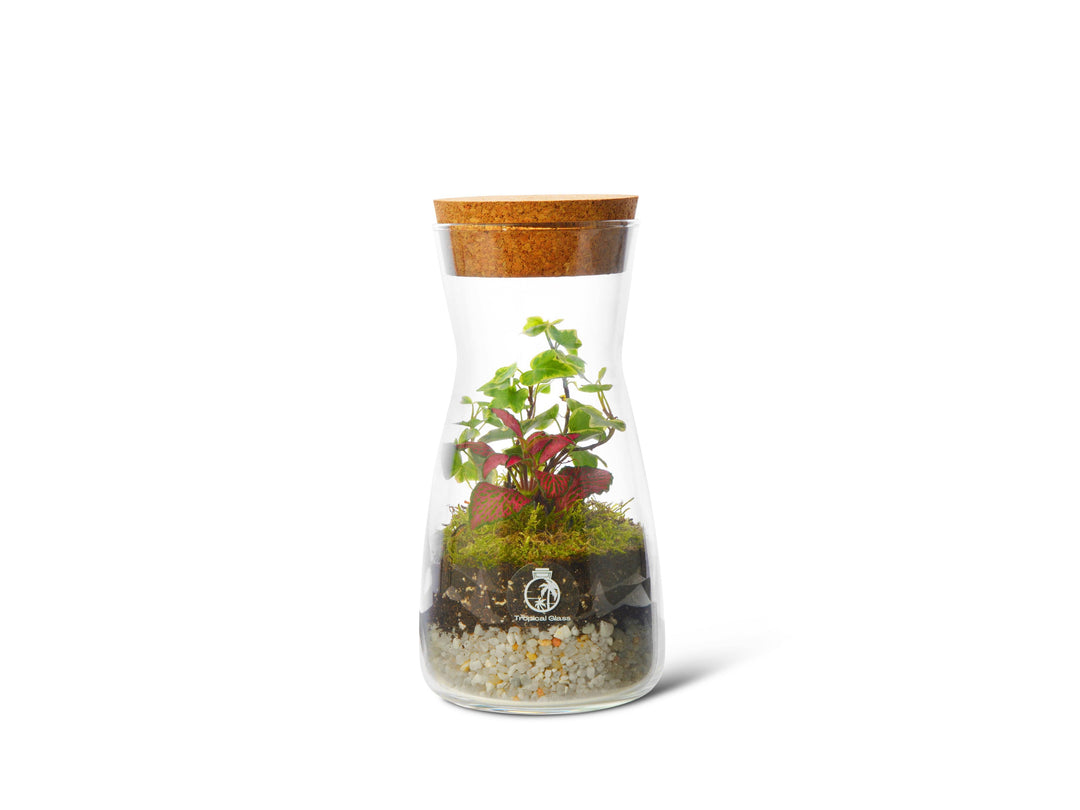
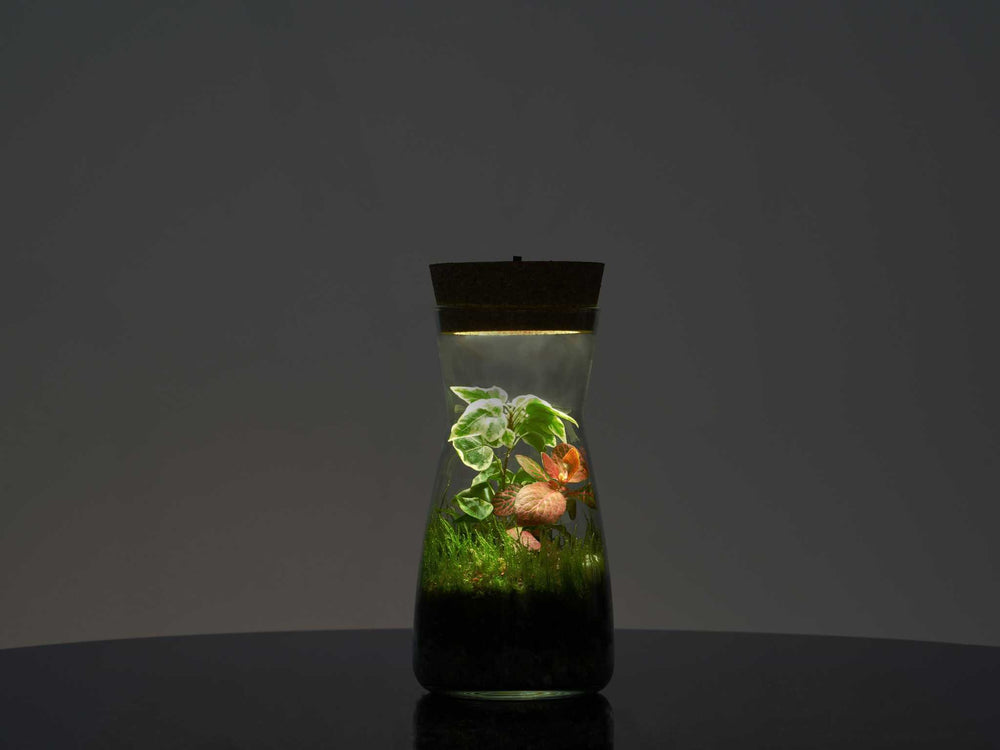
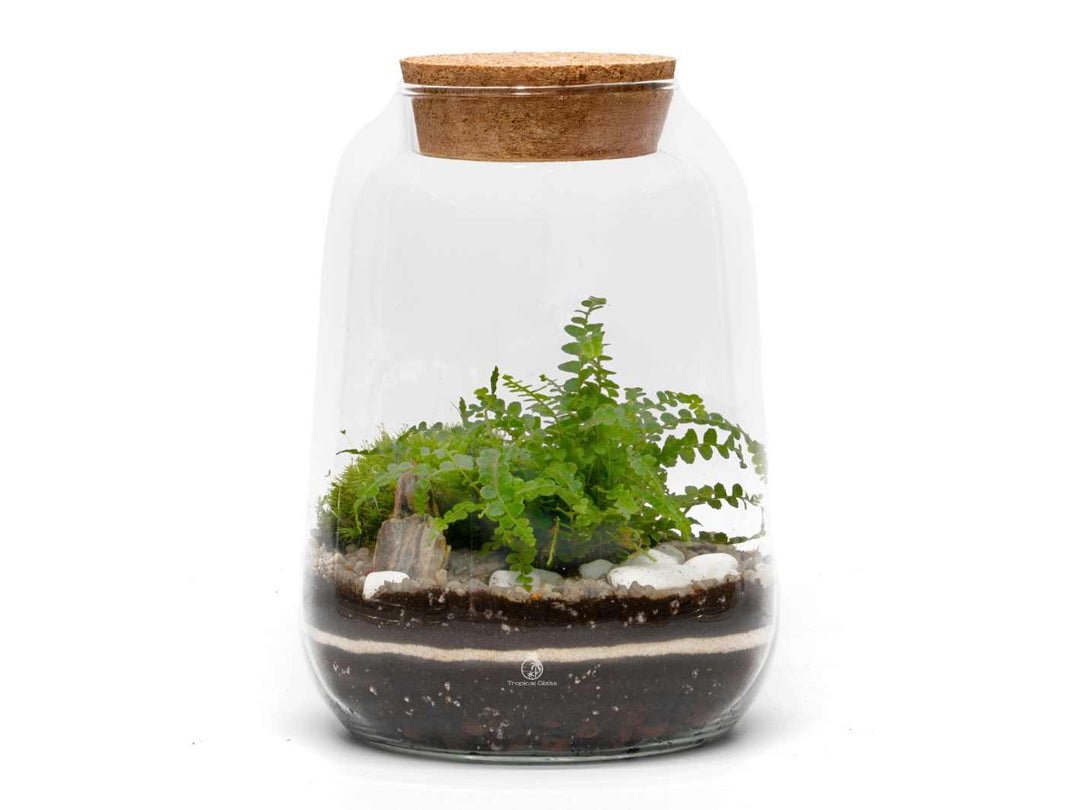
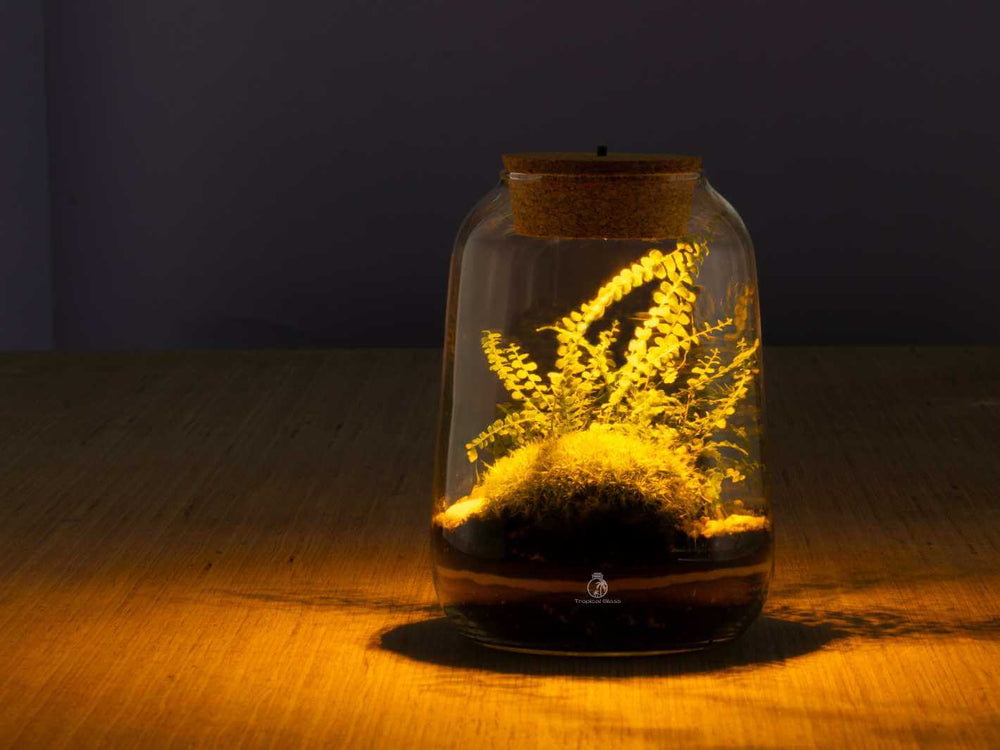
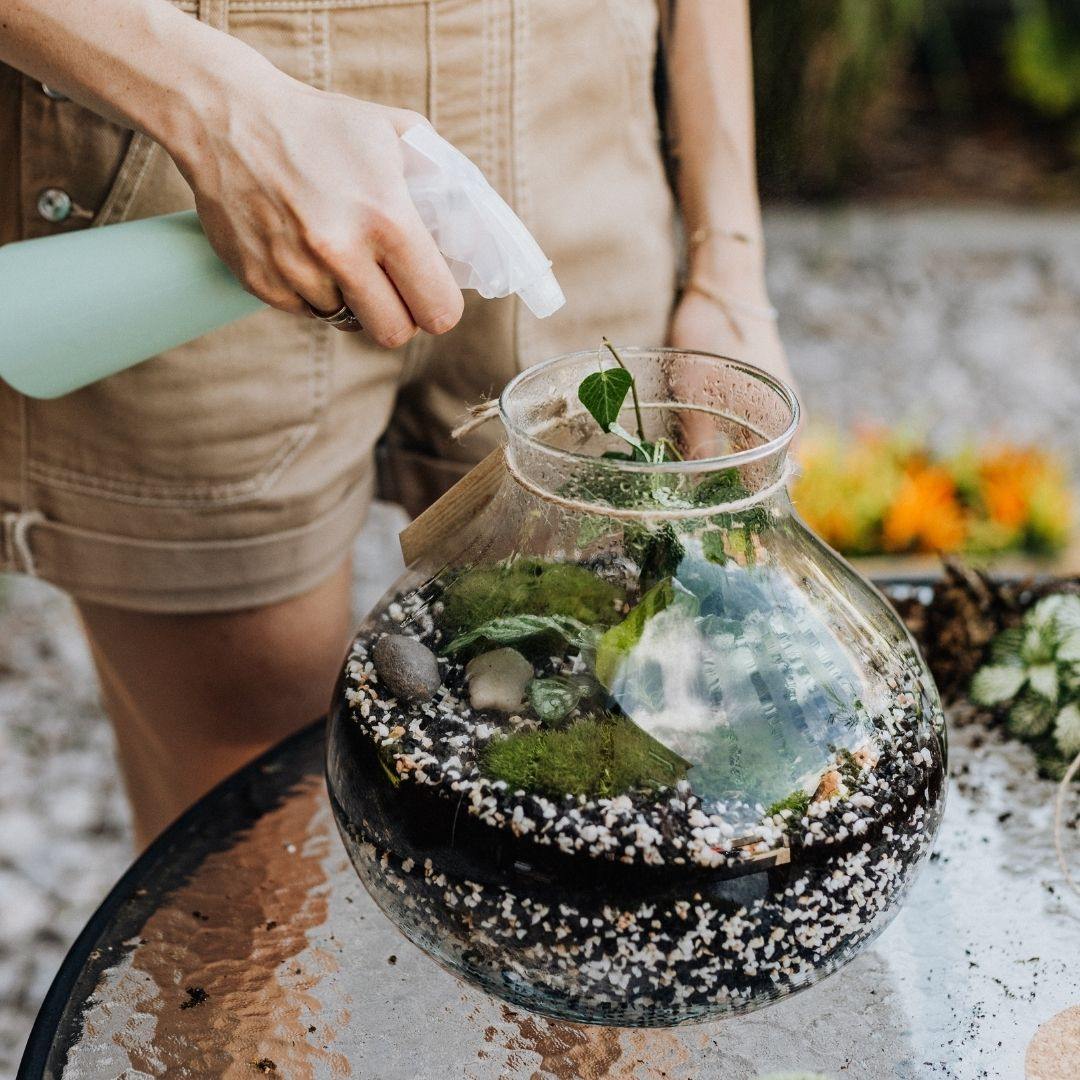
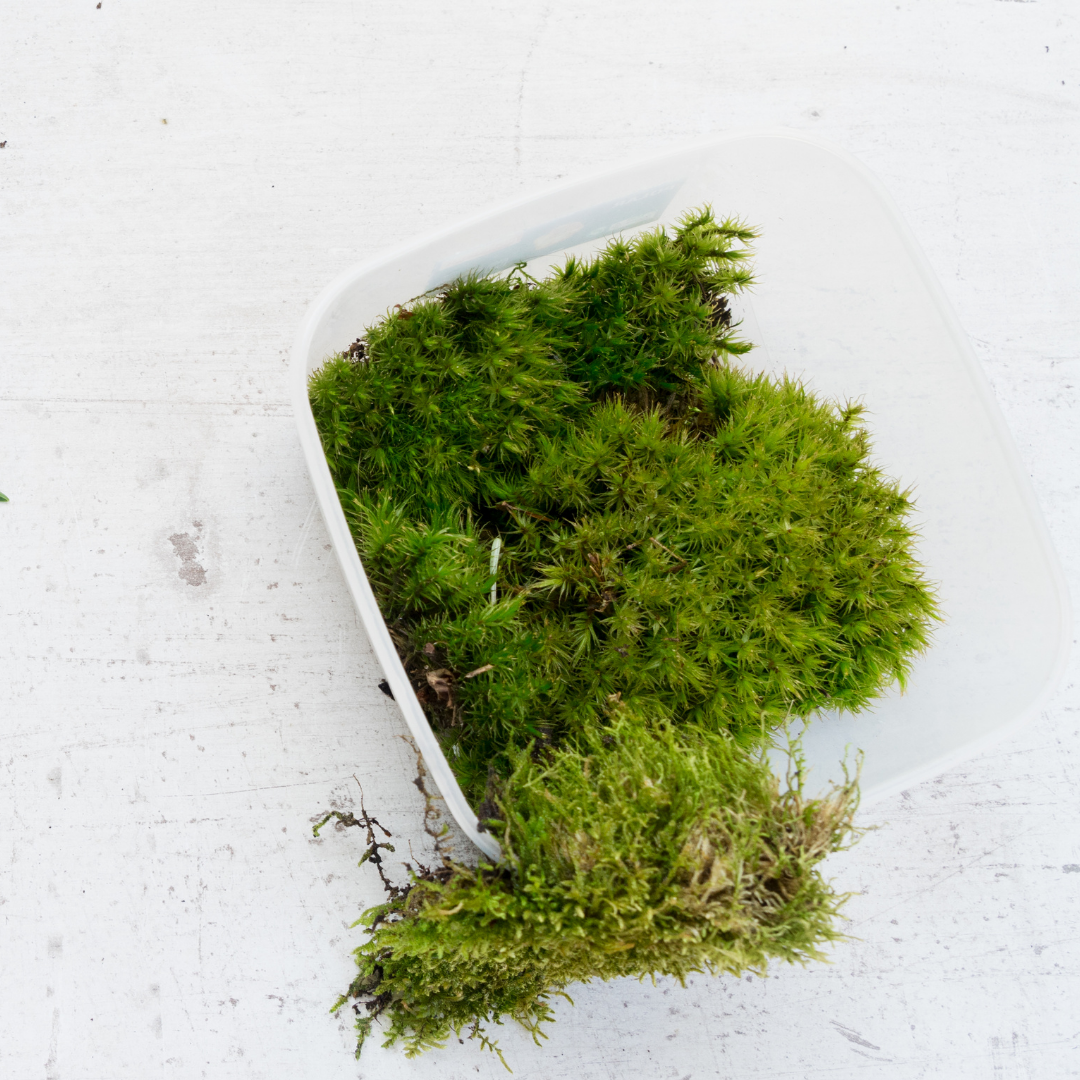
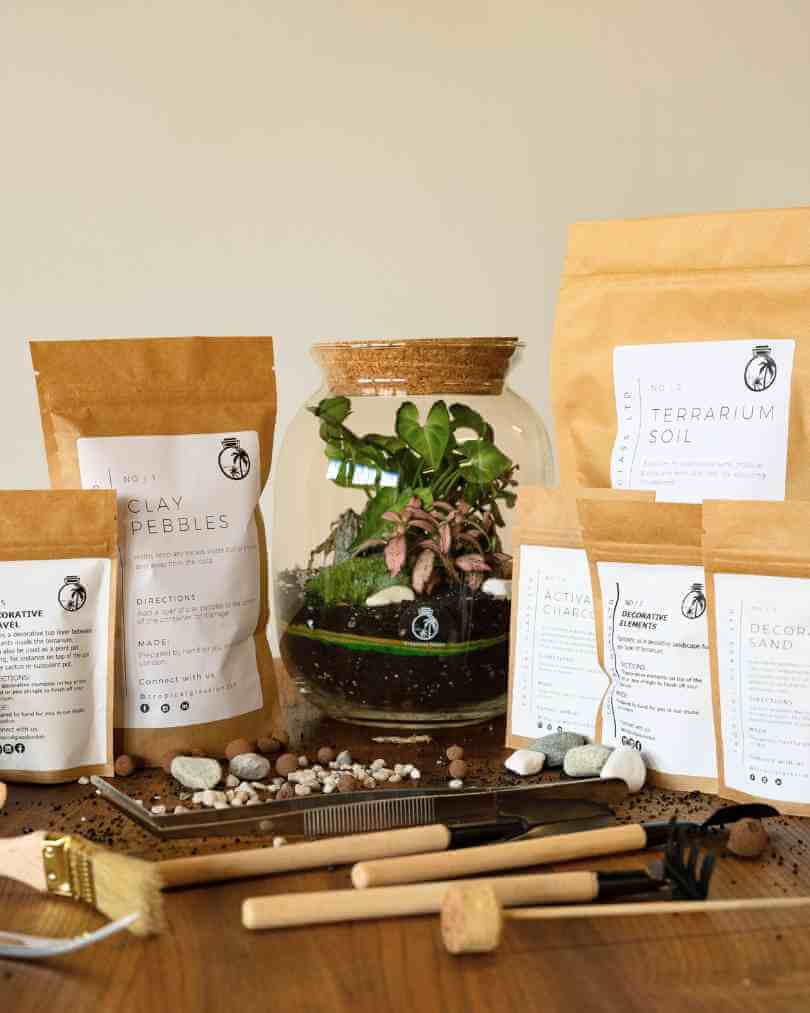
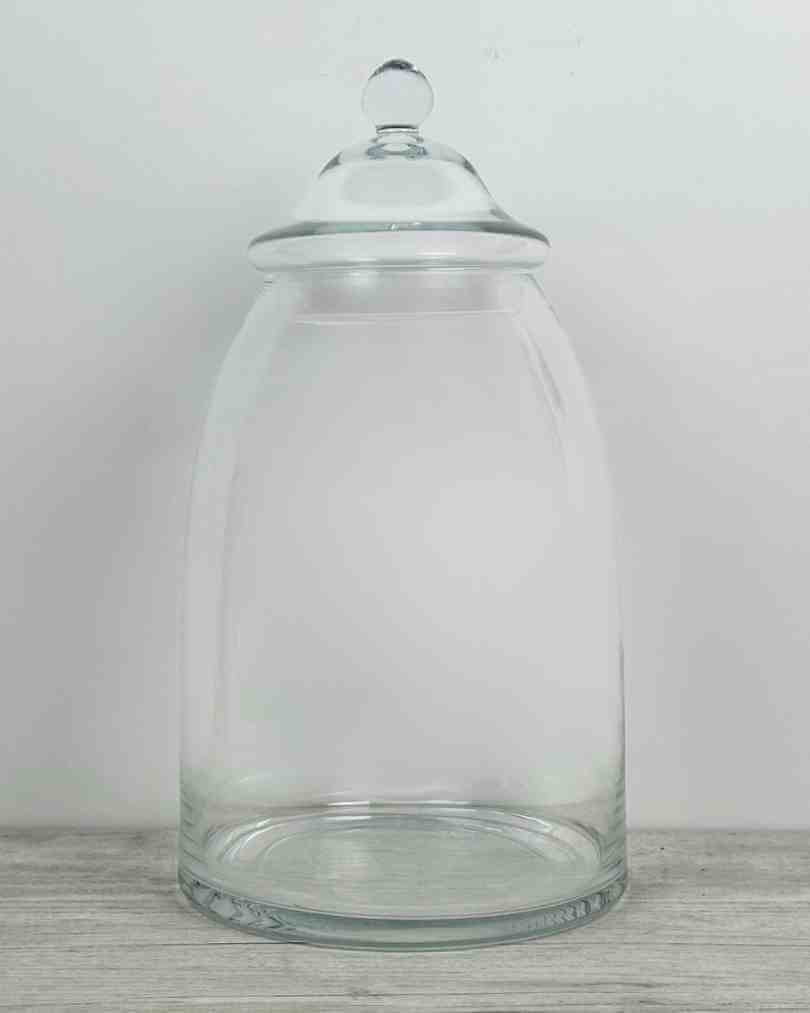
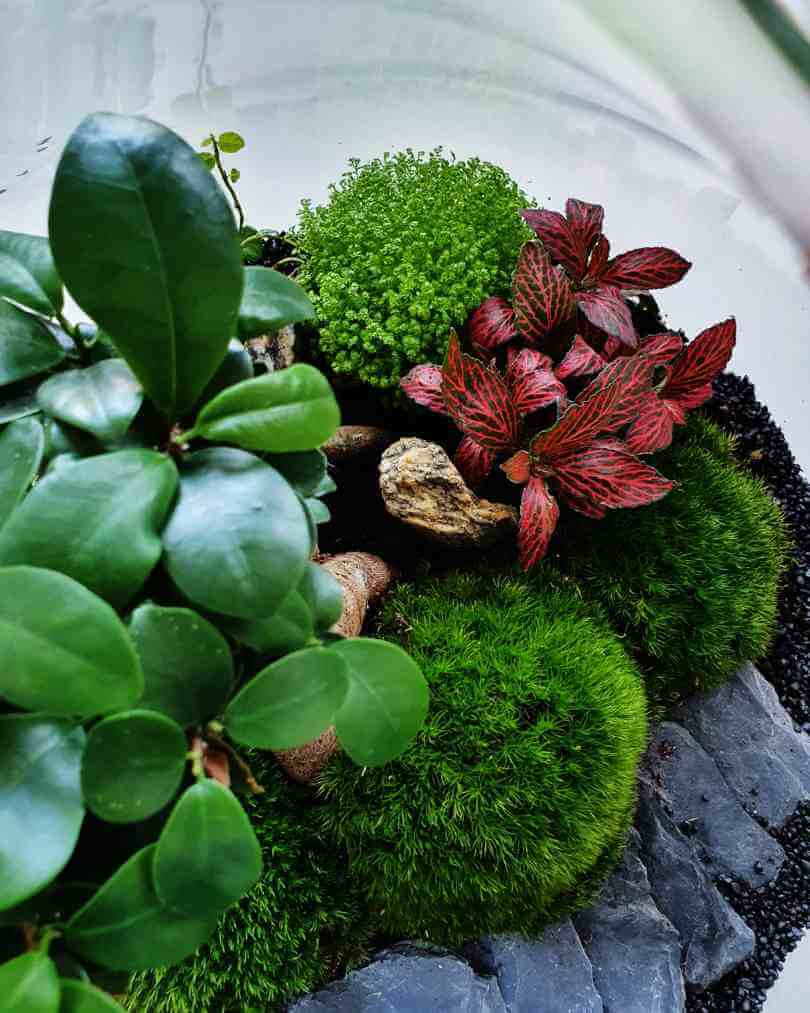
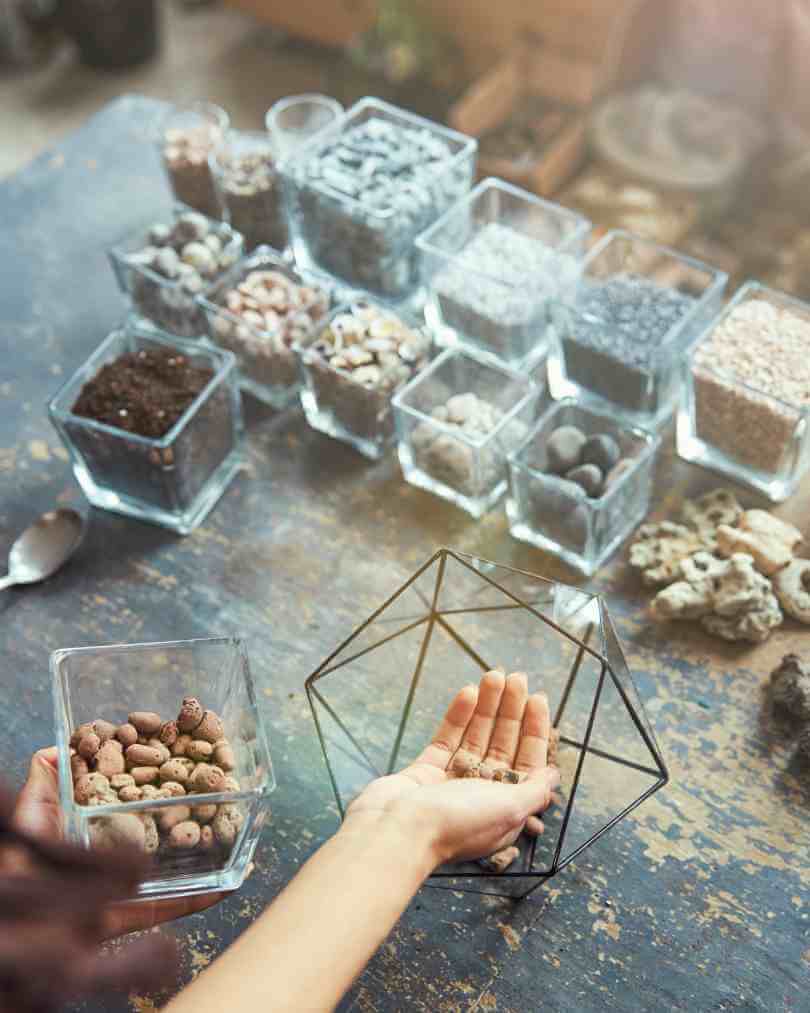
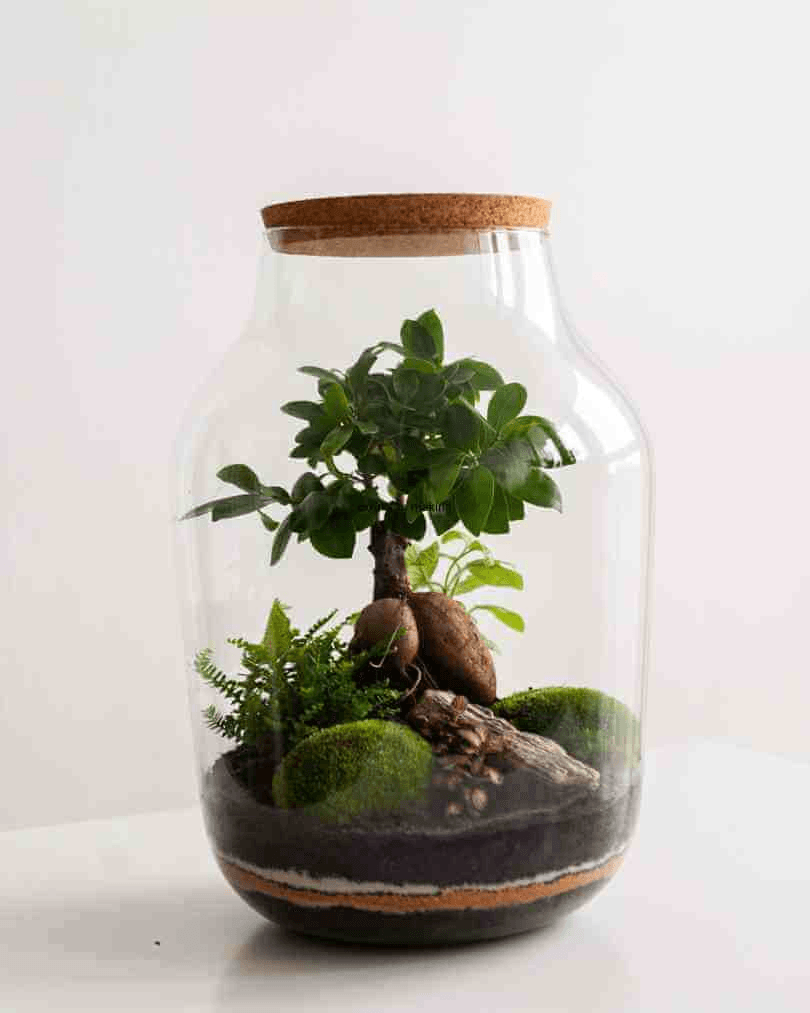
Leave a comment